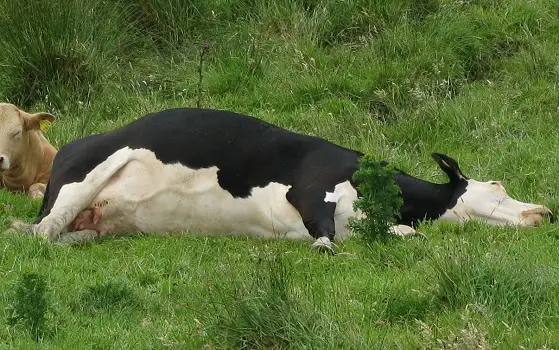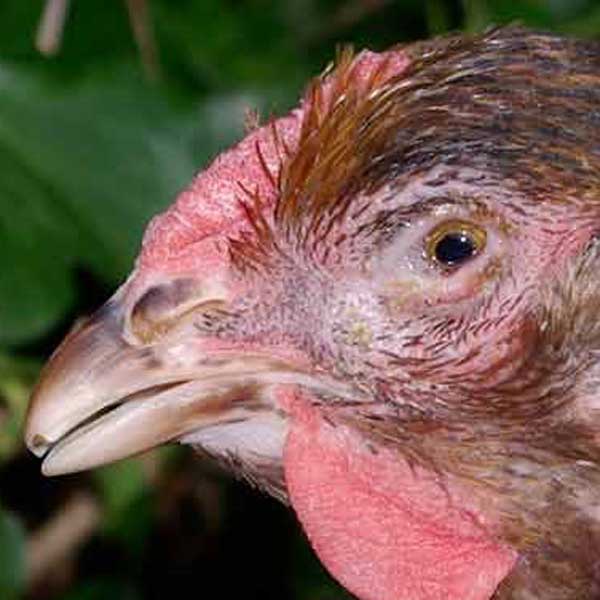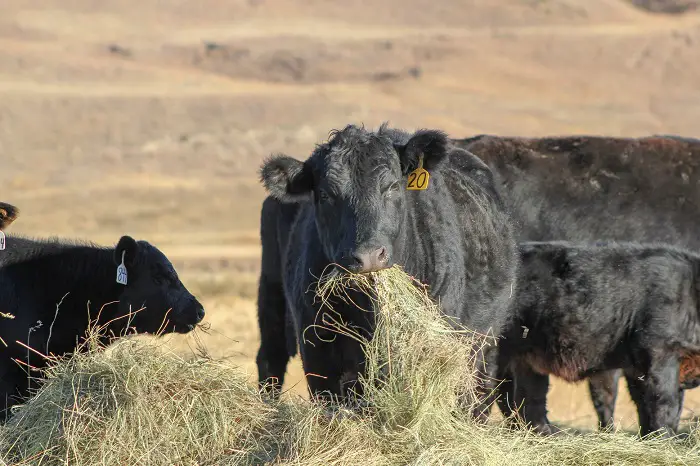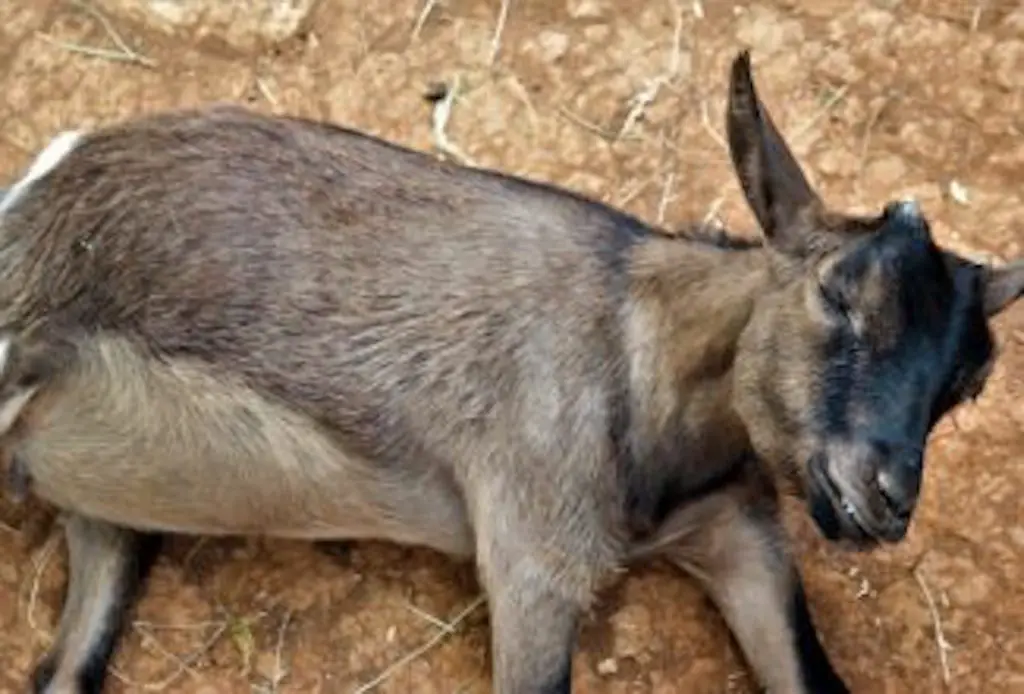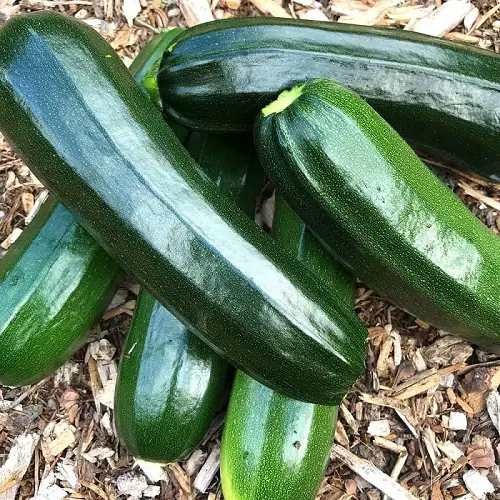Bloating in cattle is the accumulation of gases in the cattle rumen due to indigestion. Normally when cattle consume a meal, which usually consists of green vegetation, the digestion processes creates gases in the cattle rumen, however these are normally removed through eructation(belching). If this process doesn’t occur as it normally should, gases accumulate and this is called bloating. There are a number of factors that can cause bloating in cattle, these include the amount, rate of intake and the coarseness of the roughage in the meal or forage consumed by the cattle. Other factors also include enlargement of the lymph nodes between the lungs. These then have an effect of compressing the oesophagus and interfering with the normal functions of the vagus nerves. Luckily whenever one discovers that their cow or cattle are bloated there is no need to break the bank by purchasing extremely expensive medicine from the veterinary shop. Home remedies have been devised that are very effective in reducing and even eliminating the bloating in cattle.
Contents
Reasons For Bloating In Cattle
Bloating in cattle can arise due to a variety of factors such as, the type of proteins that are being ingested by the cattle. Some cattle can even be more susceptible to bloating than others largely due to the type of genes inherited. If one does not find the proper effective home remedies to use, trapped gases in the rumen may form a foam or froth preventing further elimination of gases. The gases then build up in a foam of froth above the liquid or semi liquid fraction content in the rumen. This prevents the process of belching. This froth can be formed by many factors which normally result from the interactions of rumen microorganisms, and the differences that arise in plant biochemistry. There is also a case of non-frothy(dry) bloat, where bloating results even though there is no evidence of froth or foam, this is normally described as frothy (pasture) bloat. Home remedies can truly be effective in preventing livestock death and any other negative effects associated with cattle bloating. Pasture (frothy) bloat can occur in animals that are grazing wheat pastures or lush legumes such as alfalfa, ladino, white clover or green-chopped legumes. Feeding one’s cattle feedlot diets may cause bloating since the grain potion will be ground too fine causing rapid digestion and hence rapid fermentation and gas production.
Treatment Through Penetration
It is wise to start considering using home remedies when one notices an expansion on the upper left side of the cattle, as this normally signifies bloating. The cattle may also show signs of discomfort and kicking at its abdomen with the rear legs. Excessive salivation, and a protruding tongue, together with panting can also indicate bloating. One of the most effective ways of removing the bloat is penetrating the rumen with a sharp blade (8-10 cm long), and 1-2cm broad. After creating a clean cut on the left-hand side of the cattle on the bloated section, immediately insert a clean disinfected bamboo tube about 30cm long (as wide as the thumb). After inserting the bamboo tube, one should observe gas exiting the rumen. After the gas has excited fill the bamboo tube with a combination of vegetable oil and turpentine oil. This oil mixture has the effect of shaking up the rumen bubbles that would otherwise cause bloating hence preventing it from happening again. The wound created by cutting the cow should heal up by itself since the cow skin is thick. To prevent an infection developing on the wound it is advisable to apply powdered charcoal that is fresh from the stove and cooled.
Treatment By Liquids
Another very effective home remedy one can use to stop bloating in cattle, is using bicarbonate soda and vegetable cooking oil, however this is only applicable to cattle that can still stand on their feet. For this method, one has to combine half a packet of bicarbonate soda per litre of water. If the bicarbonate soda is not present one can also use vegetable cooking oil and a 500ml long-necked bottle filled with water, this should work as a good home remedy substitute. This mixture is then added to a cattle waterer. When giving cattle the bicarbonate mixture or vegetable cooking oil mixture it is advisable not to use glass bottles since the cattle could possibly clench their jaws around the bottle and break it. After giving this mixture one should observe that the cow burps to-release the gas in the rumen. It may also be wise to massage the rumen’s region in order to speed up the burping process and bring quick relief to the cattle.
Using Syringe Injections
Using syringe injections is one of the most effective home remedies to reduce bloating in cattle and it is also very quick, requiring about 15 minutes. It is also one of the most preferred home remedies to reduce bloating in cattle. In order to successfully carry out this home remedy all one needs is a one-and-a-half-inch needle and a 14-16 gauge bore. It is advisable to use a large syringe since one will need a firm grip on the syringe in order to carry out the process. Before using the syringe to reduce the bloating, one has to first identify the sub-lumbar fossa. Once one has a good idea about its location the next step is to inject the syringe a few inches in front of it. Once this is done, one should observe gas escaping from the rumen and hence providing great relief to the cattle.
Treating Cattle Bloating Using Tubing
Another great home remedy to reduce bloating in cattle is to use a tube that goes through the mouth of the cattle. The tube is of great help when it comes to removing gaseous pressure from the rumen that otherwise causes bloating. The tube is inserted through the mouth hence the process is very rigorous. Great care is a must to ensure one does not accidentally spill the contents of the tube or the cattle can die of pneumonia. For safety reasons the tube should be about one and a half meters long. To use the tube carefully guide it through the gut of the cattle until it reaches the rumen, a stench emanating from the tube normally gives confirmation that the tube has reached the gut. It is always a good idea to keep watch over the cattle since most cattle suffer from chronic bloating. Always keep at least one home remedy ready for use.
Conclusion
Home remedies such as bicarbonate soda and using tubes are very effective, however it is important to inspect that these methods have thoroughly worked in reducing the bloating in cattle. This can be done by letting the animal stand or walk around. This normally relieves pressure build-up caused by bloating. A good way to confirm the effectiveness of the home remedy is that the cattle releases gas shortly after the treatment hence releasing the cattle from the bloating.
